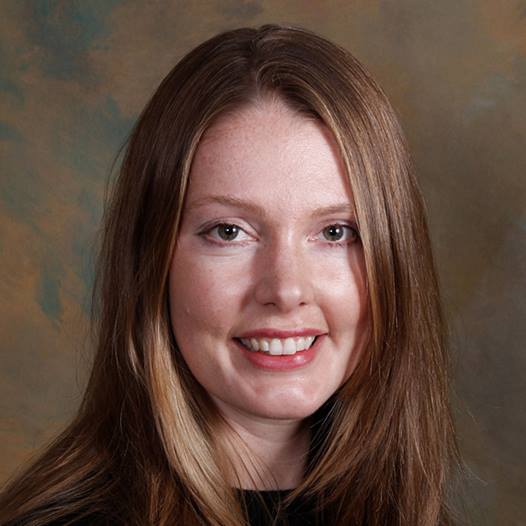The Gamma Knife is an advanced radiation treatment for adults and children with small to medium brain tumors, abnormal blood vessel formations called arteriovenous malformations, epilepsy, trigeminal neuralgia, a nerve condition that causes chronic pain, and other neurological conditions.

Gamma Knife
Despite its name, the Gamma Knife isn't a knife but is a machine that delivers a single, finely focused, high dose of radiation to its target, while causing little or no damage to surrounding tissue. Abnormalities measuring less than 3 centimeters, or 1 inch in diameter, can be treated with the Gamma Knife.
Today, patients with serious disorders can be treated with this noninvasive procedure in one day with no overnight hospital stay.
UCSF, which launched its Gamma Knife Radiosurgery Program in 1991, was the first medical center in Northern California to use a Leksell Gamma Knife to treat brain disorders. Since then, more than 3,600 patients have been treated using this state-of-the-art equipment. In 2007, UCSF acquired the Perfexion Leksell Gamma Knife, which offers the most precise treatment with improved patient comfort.
In 2011, UCSF acquired an Extend Frame for the Gamma Knife that enables multi-session treatments, called fractionated treatments, for larger lesions or those in more sensitive locations.
Who Should Have Gamma Knife Treatment
Factors considered in evaluating a patient for Gamma Knife treatment include a patient's age and general medical condition, location and size of the brain abnormality and previous treatments. If it is decided that Gamma Knife is not the best treatment option, other treatments will be discussed.
Some conditions are more effectively treated with a non-invasive radiosurgery device called the CyberKnife that uses a robotic arm to deliver highly focused beams of radiation. At UCSF, the CyberKnife is used to treat areas of the body that can't be treated by other radiosurgery techniques, such as the spine or spinal cord.
Radiation exposure to other parts of the body is extremely low, making it an excellent option for children and women of childbearing age.
If you're treated at UCSF, your referring doctor plays an important role. He or she will be consulted during all phases of your treatment.
Patients who are candidates for Gamma Knife are reviewed at our weekly Gamma Knife conference. Each patient's condition is evaluated by a team including neurosurgeons, radiation oncologists, physicists, neuro-radiologists, neuro-oncologists, nurses and radiation therapists.
Preparing for Treatment
Prior to a Gamma Knife procedure, patients visit the hospital for possible blood tests, and to meet with the doctors and nurse who will participate in the procedure. Depending on your condition, your doctors may include a radiation oncologist or neurosurgeon. During your pre-procedure consultation, your doctor will record your medical history, perform a physical examination and provide time for you to ask questions. Read more about preparing for the procedure.
Procedure
The technique that allows the Gamma Knife to precisely target areas within the brain is called stereotaxy. Stereotactic radiosurgery is performed with the aid of imaging techniques called computerized tomography (CT) scanning, magnetic resonance imaging (MRI) and angiography. These are used together with special computer-assisted instruments to provide 3-D views of the target and surrounding brain structures. By studying these images, your doctor can accurately locate the abnormality within the brain, then precisely focus the gamma radiation beams on the abnormality.
The neurosurgeon will use local anesthesia to numb four spots on your scalp and forehead before attaching a "stereotactic frame." This frame allows highly precise treatment.
The treatment time will depend on your diagnosis. While the treatment is administered, you will lie on a treatment couch. Your head will be held still during the session while 192 small radiation beams are focused simultaneously at the target. The size of the focal spot can be adjusted and multiple focal spots can be combined together to deliver a high radiation dose precisely to one target or to multiple targets of almost any shape, anywhere in the brain.
During treatment, there's no pain. After treatment, the head frame is removed and small adhesive bandages are applied where the sterotactic frame was secured.
Recovery
You may be discharged shortly after the procedure. Some patients experience a mild headache, which can be treated with medication. Discharge and follow-up instructions will be explained and you'll receive an instructional handout.
Our nurse will call you the following day to check on your status and answer any questions you may have.
The process of Gamma Knife treatment for children is similar to the process for adults, but special care is provided for pediatric patients including imaging studies before treatment, anesthesia tailored for children, recovery and subsequent treatment, if required.
UCSF Health medical specialists have reviewed this information. It is for educational purposes only and is not intended to replace the advice of your doctor or other health care provider. We encourage you to discuss any questions or concerns you may have with your provider.














